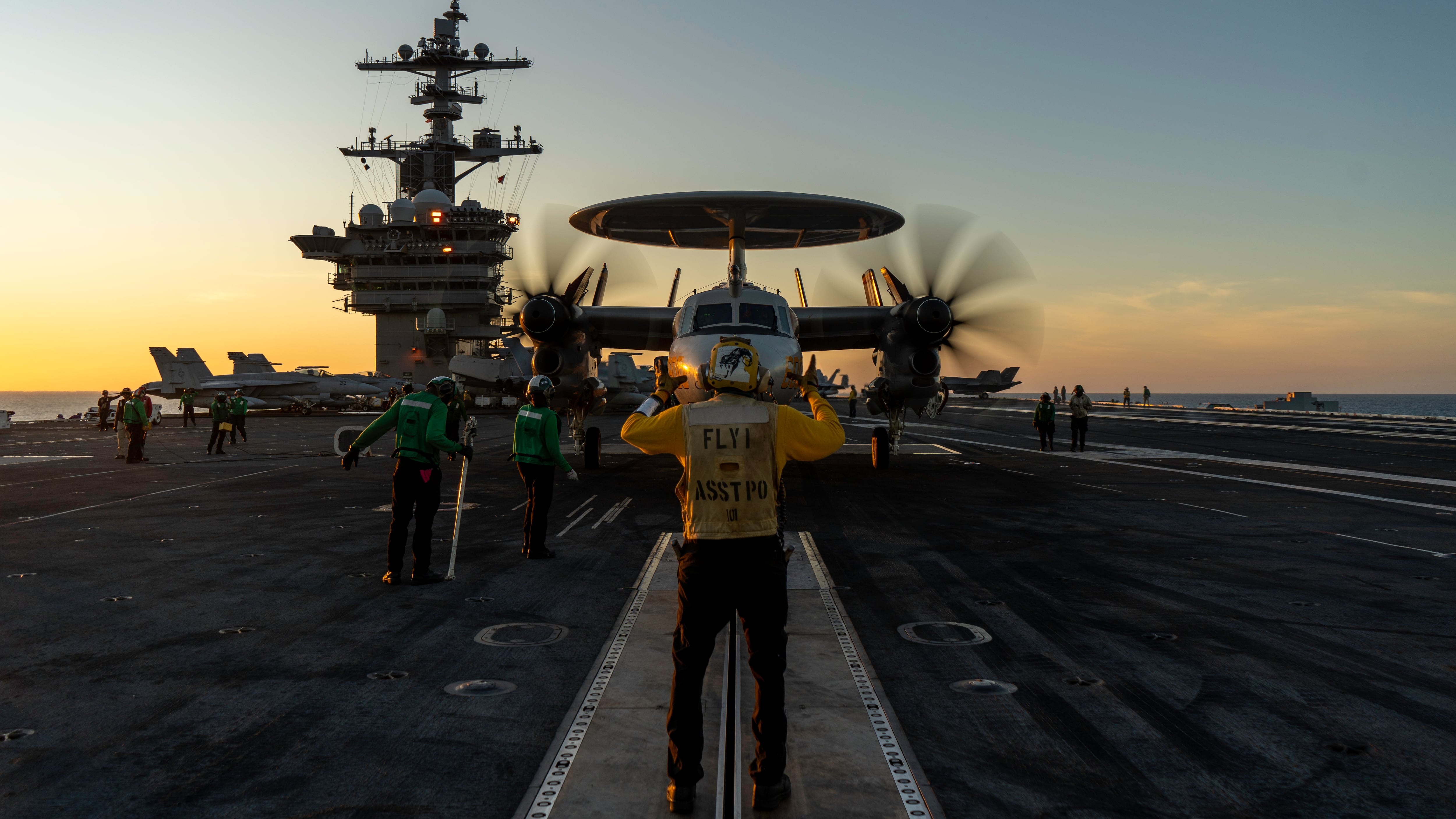WASHINGTON — Boeing beat out an unnamed company to win a contract to continue building the replacement wings necessary to keep about 100 A-10 Warthog attack planes flying into the early 2030s.
The U.S. Air Force on Aug. 21 awarded Boeing an initial $240 million, which will go toward producing the initial 27 wing sets, Boeing said in a statement. The contract is worth up to $999 million if all options are executed for 112 wing assemblies and 15 wing kits — enough to put new wings on the remaining 109 A-10s that still need replacements.
Although the value of the contract is small compared to the multibillion awards that Boeing receives to produce combat aircraft, the deal could be interpreted as a sign of the Air Force’s restored confidence in the company’s ability to produce A-10 wings on schedule and at low cost.
“Our established supply base, experience with the A-10 structures, and our in-depth knowledge of the U.S. Air Force’s requirements will help us deliver high-quality wings to meet the customer’s critical need,” said Pam Valdez, vice president of air force services for Boeing Global Services.
Boeing has manufactured new wing sets for 173 A-10s, with deliveries spanning from 2011 to 2018. But toward the end of the production contract, Boeing ran into difficulties keeping to the delivery schedule due to issues with a supplier that made a composite part used in construction of the wing panel.
Last year, when asked why a follow-on contract hadn’t been awarded to Boeing to continue the wing replacement effort, Air Combat Command head Gen. Mike Holmes said the Air Force wasn’t convinced that was the best option.
“The previous contract that we had was with Boeing, and it kind of came to the end of its life for cost and for other reasons,” he said in January 2018. “It was a contract that was no longer really cost-effective for Boeing to produce wings under, and there were options there that we weren’t sure that we were going to go [do], so now we’re working through the process of getting another contract.”
On Friday, Holmes said he isn’t sure whether those cost and supply chain issues had been resolved, referring those questions to the Air Force’s acquisition wing.
“I’m happy to note that we have worked the contract solution to re-wing the remaining A-10s,” he said at an Air Force Association breakfast. “My interest in it is to find someone who can build those wings and get them out there in a cost-effective process. I have confidence that my partners in the AQ [acquisition] enterprise worked through that.”
Boeing has teamed with Korea Aerospace Industries for the contract and will manufacture the wings at facilities in the United States and South Korea, with all work slated to be finished by 2030. Two offers were received for the contract, noted the U.S. Defense Department contract announcement, meaning that Boeing beat out one other company.
The Air Force has committed to preserving six of its nine A-10 squadrons until 2030. The number of additional Warthogs it preserves will be dependent on how many wing sets the service ultimately decides to put on contract.
In fiscal 2020, the service requested $132 million for the wing replacement program — also known as the A-10-Thunderbolt II Advanced-Wing Continuation Kit, or ATTACK. With strong support for the effort in Congress, it received $109 million in FY18 and $168 million in FY19, according to FY20 budget documents.
The award was hailed by one of the platform’s biggest advocates, Republican Sen. Martha McSally, the first female pilot to command a squadron of A-10s in combat. McSally represents Arizona, home of Davis-Monthan Air Force Base, where A-10s are stationed.
“I know how critical the Warthog is to our military’s success in the air and on the ground,” McSally said in a statement. “I led the fight to keep the A-10 from being mothballed and to secure this re-winging funding, so it is good to see the contract awarded to start re-winging immediately — before any planes are grounded.”
Valerie Insinna is Defense News' air warfare reporter. She previously worked the Navy/congressional beats for Defense Daily, which followed almost three years as a staff writer for National Defense Magazine. Prior to that, she worked as an editorial assistant for the Tokyo Shimbun’s Washington bureau.




